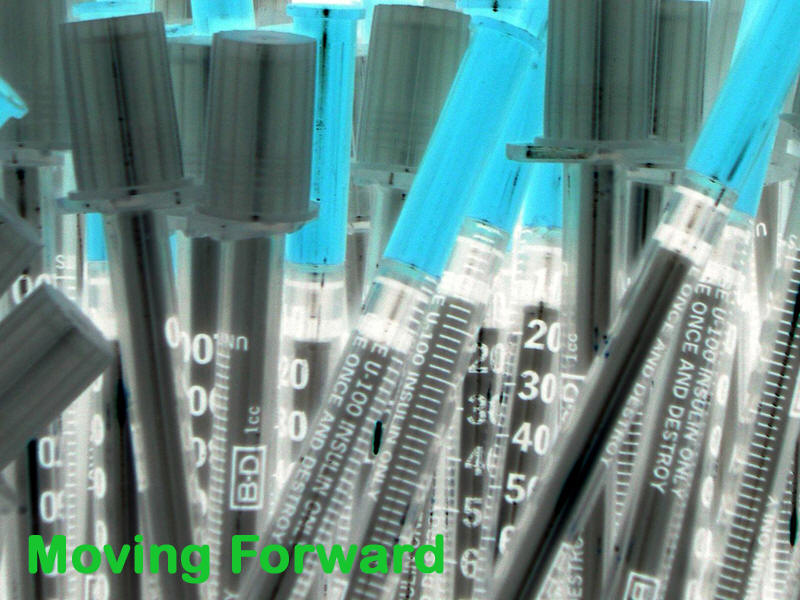
Healthcare & Supplemental Services

The availability of supplemental services associated with intravenous drug users and other at-risk populations is a vital part of HIV/AIDS prevention in Newark. Government studies have concluded that, “programs must consider a comprehensive approach to working with IDUs…a range of pragmatic strategies that address both drug use and sexual risk behaviors.”12 When surveyed and asked to prioritize outreach, intravenous drug users said that to prevent HIV infection, they would first make needles more available, then make drug treatment more available, expand community health outreach peer counseling programs, create women-only groups that would educate and empower women, and run informational television campaigns with an HIV-infected intravenous drug users.6 A study done in Newark revealed that when community-based organizations play a key role in outreach, the community responds more favorably than if an “authority” or outside group were to change policies and establish services.14 In addition to educational programs for women, there must also be intervention for female and male adolescents. There is a, “need for substance abuse and HIV prevention programs for middle school youth before problem behaviors become established”;15 this critical period of development takes place during the pre-teen and early teenage years. The educational sessions for women and adolescents would have to be conducted differently in order to best reach the target populations. A medium through which Newark-area women could be effectively reached would be church or their place of employment.14 By conducting multiple-session brown-bag lunch educational sessions run by peers, women in Newark could be educated in ways to negotiate safer sexual and drug-using practices. Such a program would not be very costly, as the space in which the session would take place would not need to be rented if churches and employers ran the programs. The associated costs would include handouts, lunch or light refreshments, and the cost of the session, which would most likely be minimal as the program could be financed by social interest groups or run by trained volunteers. Adolescent-targeted programs could be run at after-school programs and the numerous summer camps run by the Fresh Air Fund that are targeted at under-privileged urban youths or by local Boys and Girls Clubs. The facilities and supervision would, again, be taken care of, and the associated costs would include handouts and the cost of training camp counselors to run the session. An informational campaign would be the most costly solution because it would require taping a commercial and paying for air-time on television. Nonetheless, if possible, it would be wise to conduct such a campaign as television has been identified by intravenous drug users as the most effective way to get a message across to their population. Indeed, television is the source that most IDUs have identified as the medium through which they receive most of their AIDS-related news.6 The educational intervention and informational campaign ideas are beneficial as it would be ideal to have a multi-pronged attack against HIV/AIDS infection that is targeted towards Newark’s at-risk populations. However, statistically, NEPs are most effective and, though controversial, should be implemented as soon as possible.